Meet Brontosaurus, The Dinosaur That Disappeared – And Was Later Brought Back
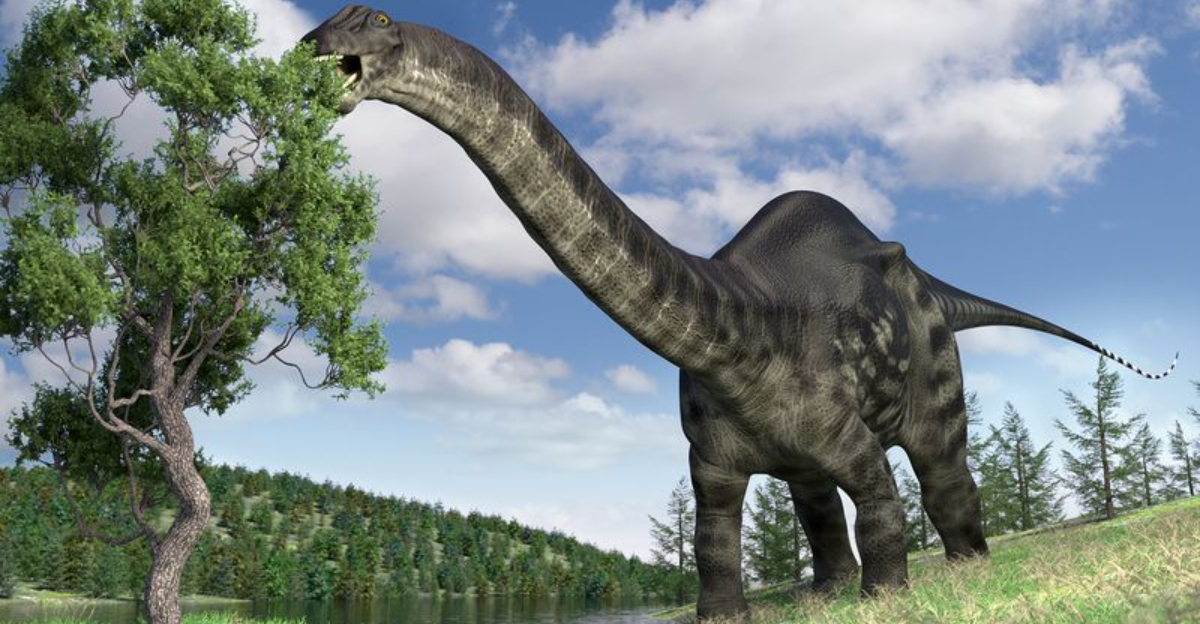
The story of Brontosaurus is unlike any other dinosaur tale – it’s a scientific mystery with more twists than a detective novel!
First discovered in the 1870s, this massive long-necked dinosaur became one of the most famous prehistoric creatures ever. Then suddenly, scientists declared it never existed at all and erased it from the books.
But in a shocking twist that rocked the paleontology world, Brontosaurus made a spectacular comeback in 2015 when new research proved it was real after all.
The Birth Of A Giant
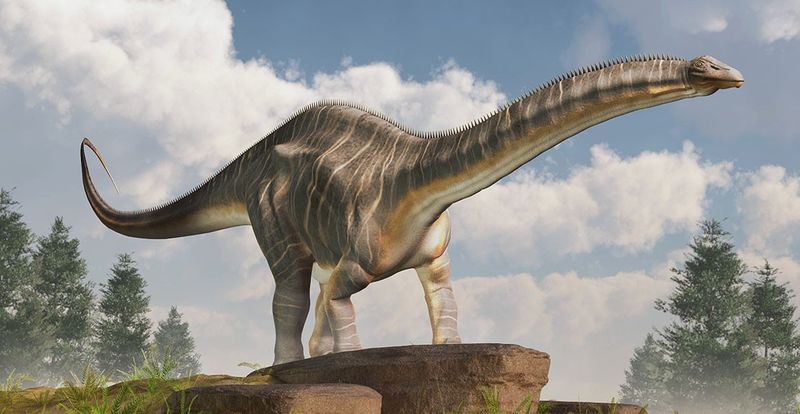
Back in 1879, paleontologist Othniel Charles Marsh unearthed massive bones in Wyoming that seemed to belong to an entirely new kind of dinosaur. He named his discovery Brontosaurus, meaning “thunder lizard” – a perfect name for this enormous beast that likely made the ground shake when it walked.
The public immediately fell in love with this gentle giant. Weighing up to 15 tons and stretching nearly 72 feet from nose to tail, Brontosaurus captured imaginations worldwide. Museum displays showcased this long-necked behemoth, and it quickly became one of the most recognizable dinosaurs ever discovered.
The Scientific Scandal
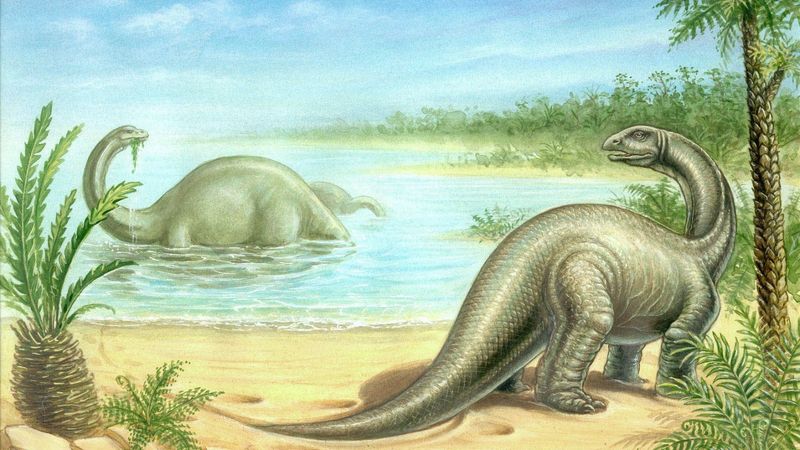
The dinosaur world was rocked in 1903 when paleontologist Elmer Riggs dropped a bombshell – Brontosaurus wasn’t real! According to Riggs, Marsh had made a huge mistake. The Brontosaurus was actually just an Apatosaurus, another long-necked dinosaur Marsh had discovered earlier.
Since scientific naming rules state the first name given takes priority, Apatosaurus won and Brontosaurus was officially erased. Imagine having your name and identity completely wiped away! The beloved thunder lizard was declared nothing more than a scientific error, and textbooks everywhere had to be rewritten.
Pop Culture Hero Despite Death
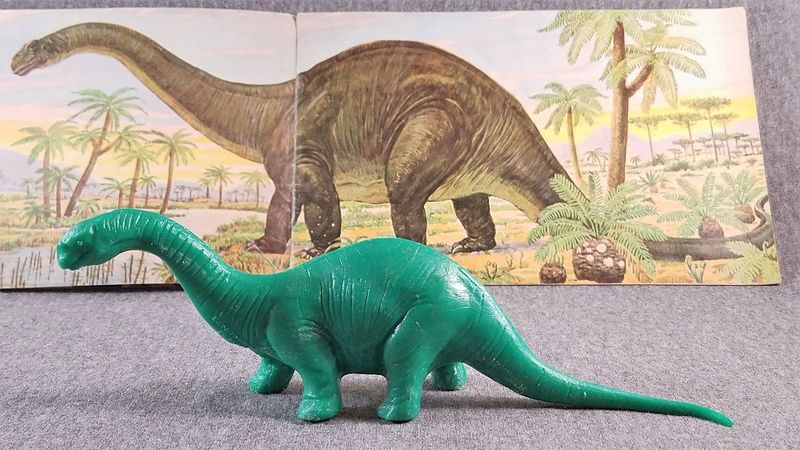
Even though scientists said Brontosaurus wasn’t real, the public refused to let go! The name was just too cool to disappear. Sinclair Oil adopted the silhouette for their famous logo, and generations of kids grew up playing with Brontosaurus toys.
Movies like “The Lost World” and “Jurassic Park” often featured these long-necked giants (though they called them by other names). The U.S. Postal Service even released a Brontosaurus stamp in 1989, despite protests from scientists who insisted the name was incorrect. For nearly a century, Brontosaurus lived in this weird limbo – scientifically dead but culturally alive.
The Shocking Resurrection
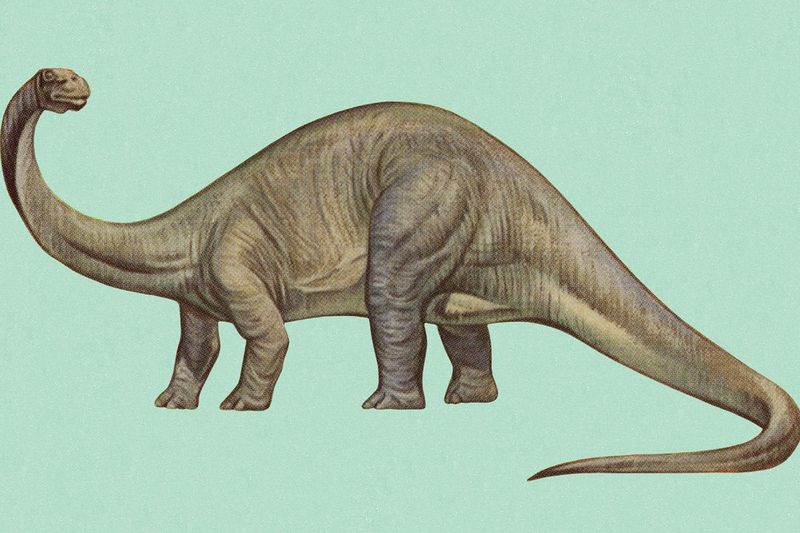
The scientific world was stunned in 2015 when an extensive study published in the journal PeerJ declared: Brontosaurus was real after all! A team led by Emanuel Tschopp examined over 500 anatomical features across 81 sauropod specimens – the most thorough analysis ever conducted.
Their verdict? Brontosaurus had enough unique features to be its own genus, separate from Apatosaurus. After 112 years of scientific exile, the thunder lizard triumphantly returned! This remarkable reversal made headlines worldwide and showed that even in science, sometimes the original conclusion was right all along.
Not-So-Identical Twins
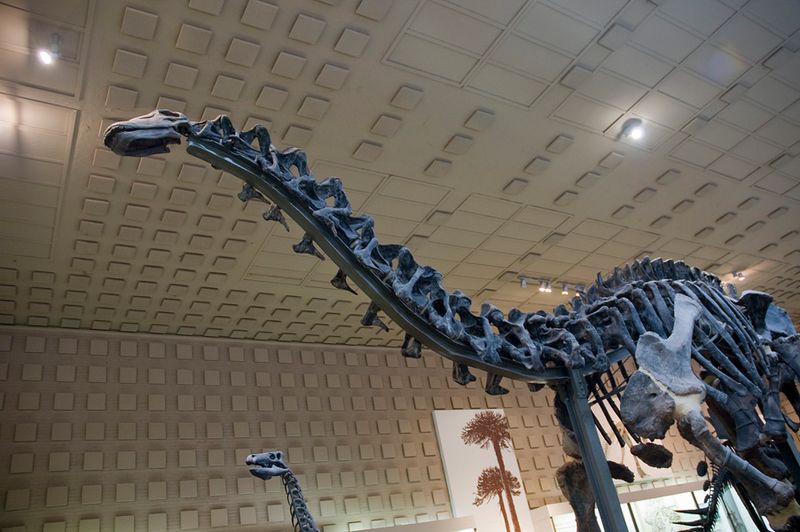
So what makes Brontosaurus different from Apatosaurus? While both were massive plant-eaters with long necks, the differences are in the details. Brontosaurus had a taller, more narrow skull and a longer, more slender neck compared to the bulkier Apatosaurus.
Their vertebrae (backbone bones) also differed significantly – Brontosaurus had more delicate bones with unique features. Apatosaurus was generally more robust throughout its skeleton. Think of them as cousins rather than identical twins! These subtle differences might seem minor to us, but to paleontologists, they represent important evolutionary distinctions worth preserving with separate names.
The Head Mystery
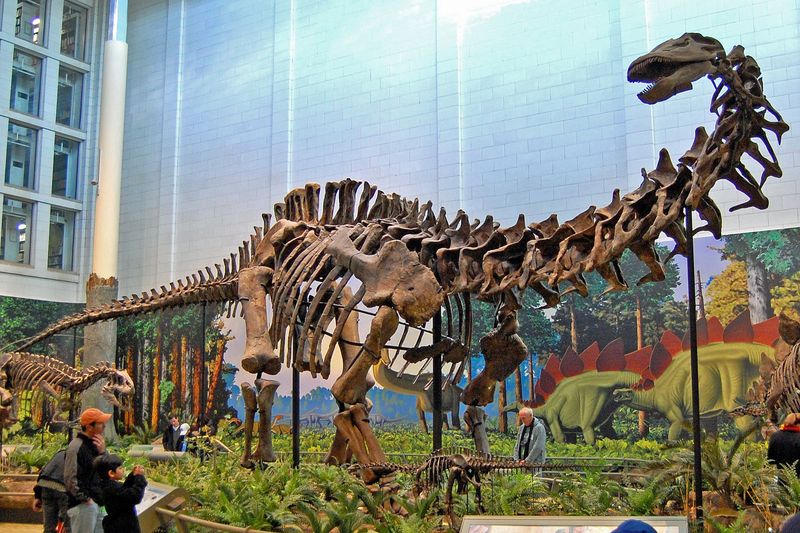
For decades, museums displayed Brontosaurus with the wrong head! When Marsh assembled the first complete skeleton, he was missing the skull. No problem – he just slapped on a Camarasaurus skull since it was another long-necked dinosaur from the same era.
This mistake wasn’t discovered until the 1970s when scientists realized Brontosaurus likely had a skull more similar to Apatosaurus – longer and more horse-like. The wrong-headed Brontosaurus became one of paleontology’s most famous blunders. Some older museum displays still show this incorrect version, a reminder that science is always evolving as we learn more.
Life As A Thunder Lizard
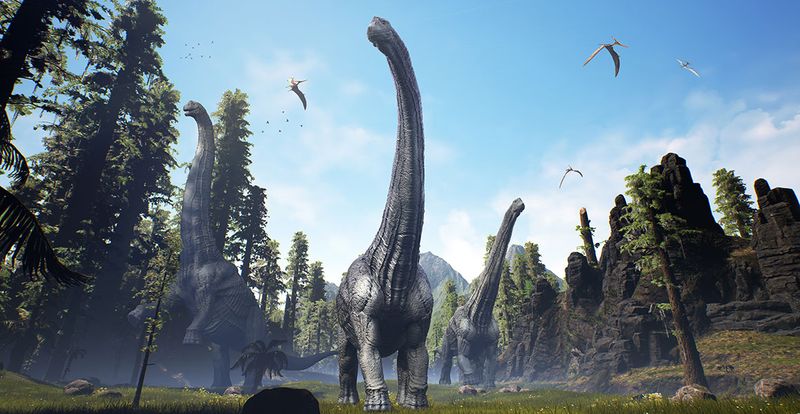
What was daily life like for a real Brontosaurus? These massive plant-eaters roamed western North America during the Late Jurassic period, about 150 million years ago. Standing on four column-like legs, they used their incredibly long necks to reach vegetation high in trees or sweep across ferns and cycads.
Brontosaurus likely traveled in herds for protection, as fossil evidence shows multiple individuals found together. They may have used their long tails as defensive whips against predators like Allosaurus. Scientists believe these giants grew continuously throughout their lives, potentially living 80-100 years if they avoided becoming dinner for carnivorous dinosaurs!
Three Species Strong
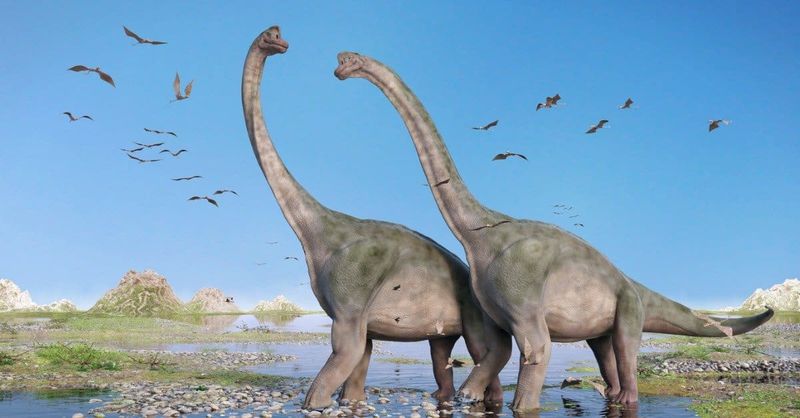
The resurrected Brontosaurus isn’t just one dinosaur – it’s actually three distinct species! The original Brontosaurus excelsus discovered by Marsh remains the most famous. But paleontologists now recognize Brontosaurus yahnahpin (discovered in Wyoming) and Brontosaurus parvus (a slightly smaller variety) as valid species too.
Each species lived during slightly different times and had subtle anatomical differences. This diversity shows that Brontosaurus was a successful group that evolved and adapted over millions of years. The 2015 study that brought back Brontosaurus also expanded our understanding of its family tree, giving us not one but three thunder lizards to admire!
The Name That Wouldn’t Die
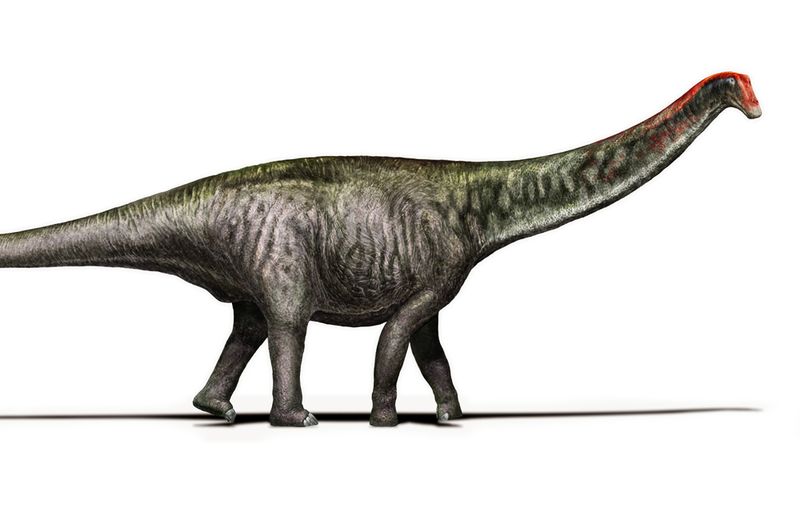
Why did people cling so tightly to the Brontosaurus name even when scientists said it was wrong? The answer lies in its awesome meaning! “Brontosaurus” comes from Greek words meaning “thunder lizard” – a name that perfectly captures its massive size and power.
Compare that to “Apatosaurus,” which means “deceptive lizard” – not nearly as exciting! The Brontosaurus name was simply too perfect and memorable to disappear. Museums, books, and teachers often kept using it despite official scientific rejection. This rare case of popular opinion eventually influencing scientific consensus shows the power of a great name!
Scientific Lessons Learned
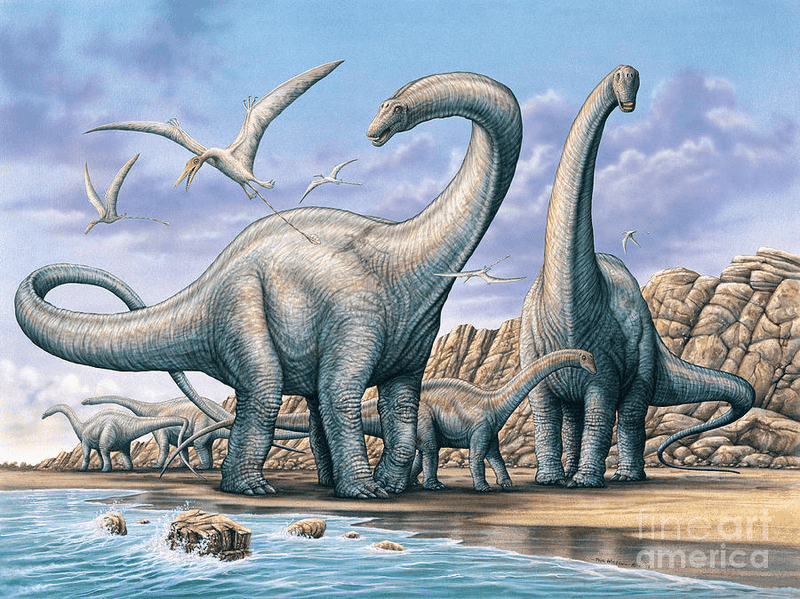
The Brontosaurus saga teaches us something important about how science works. Science isn’t about unchangeable facts – it’s a process that constantly revises itself with new evidence and better technology. What we think is true today might be disproven tomorrow!
Modern paleontologists used advanced computer analysis techniques unavailable to earlier scientists. They compared hundreds of anatomical features with mathematical precision. This story reminds us to keep an open mind and never assume we have all the answers. Sometimes older ideas deserve a second look, and even scientific “facts” can make surprising comebacks.
The Ultimate Comeback Kid
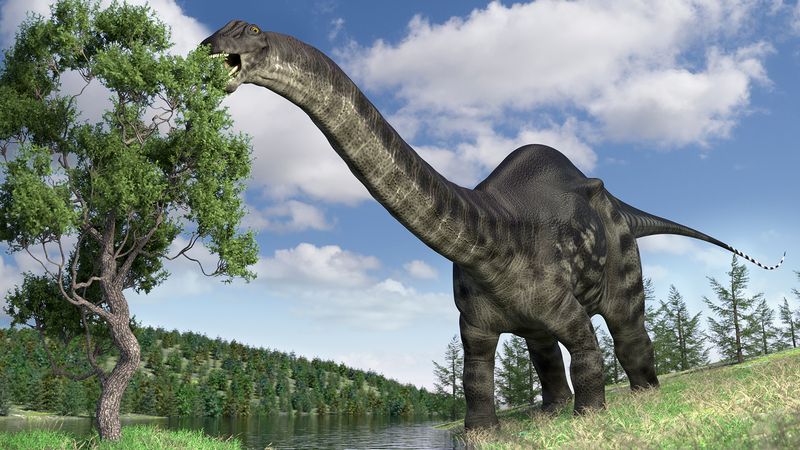
Brontosaurus holds a unique place in scientific history as perhaps the only extinct animal to be discovered, declared invalid, and then reinstated over a century later! This remarkable comeback story has made it a symbol of scientific redemption.
Many paleontologists who grew up loving Brontosaurus as children were thrilled to see it scientifically validated during their careers. The thunder lizard’s journey shows that scientific knowledge isn’t a straight line of progress but sometimes circles back on itself. Brontosaurus went from famous to fictional to factual again – a prehistoric celebrity with more lives than a cat!






